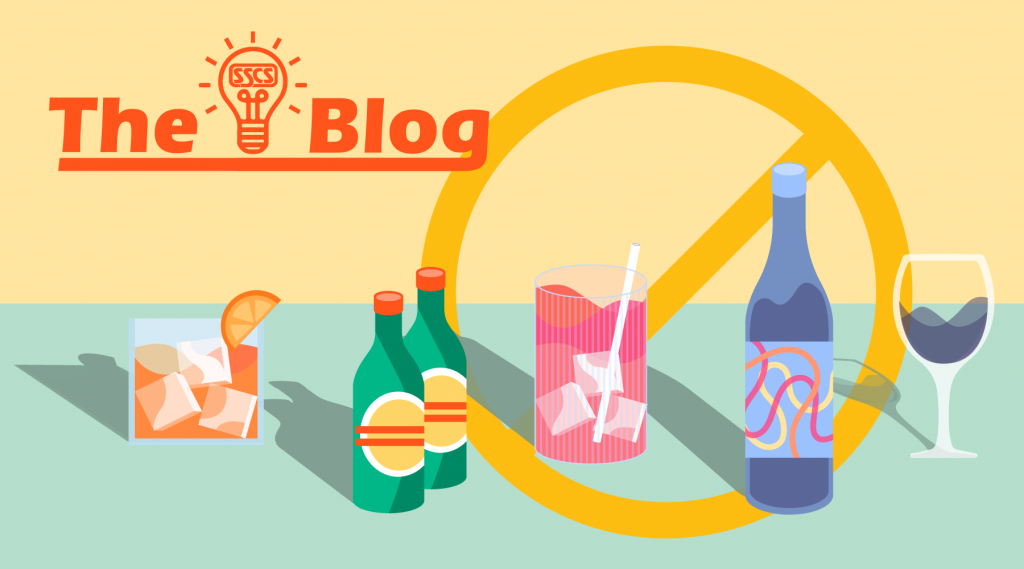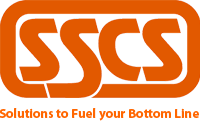For Dry January 2023, Timing is Everything

The options for non-alcoholic beers, wines, and mocktails have never been more plentiful or of higher quality.
Someone mentioned “Dry January” to us.
We said, “We live in California! There’s nothing dry about it!”
Okay. So this person wasn’t talking about the weather; they were talking about something completely different—a lifestyle challenge for those so inclined to undertake it. Put the simplest way: Dry January participants commit to celebrating the month without alcohol—a pledge to oneself, a way to start the new year (that originally gained traction during COVID).
Now while your mileage may vary regarding the Dry January concept, if you ever do want to take an extended break from alcohol, your timing couldn’t be better. We’re in the middle of a non-alcoholic beverage boom the likes of which the convenience store industry has never seen, with plenty of options and variety to match.
The non-alcoholic (NA) beverages we’re talking about[1] are versions of drinks that usually have alcohol in them: NA beer, NA wine, mocktails in place of cocktails. They’ve been around in some form or other for more than 100 years, gaining their first significant exposure when Prohibition hit in 1920.
If you would have described the popularity of NAs to the typical consumer of 50 years ago, chances are they would have looked at you skeptically, the way a coffee drinker looks at a decaf enthusiast. That’s because back in the day, you didn’t have a lot of choices. Near Beer, produced by the now-defunct Goetz Brewing Company, was one of the most popular, but it was once charitably described as beer-flavored water, which no doubt hindered its market potential. As for NA wine? Cynics called it what it was: grape juice. And the only mocktails worth mentioning back then were Shirley Temples and Buck Rogers—and they were for kids!
To say that’s not the case anymore is pure understatement. A new, more discerning NA drinker is on the rise, and supply is ramping up to meet demand. Brewers and vintners dedicating themselves to creating a variety of choices without alcohol—sometimes exclusively—make small batch and niche offerings available; special and seasonal editions, too. It’s artisan wine and beer-making, only without the alcohol.
One beer company that is as indicative as any of the new trend—starting with a name that evokes health and wellness—is the Athletic Brewing Company. Their range of offerings includes lagers, multiple IPA varieties, pilsners, flavored brews . . . a definite parallel to craft brewers and their highly individual approach. Limited time specials are a big part of the mix, too, as are the introduction of “pilot program” brews.
If you’re looking for an example of a vineyard dedicated to NA wines, you only have to look in the heart of Europe’s most celebrated wine country. Le Petit Berét in the south of France, provides cabs, muscats, sparkling wines, champagnes, and more, including NA beers and spirits.
The final part of the triumvirate, the mocktail, has flourished in no small part because there’s more variables on the faux alcohol side and a ton of mixing options on the other. Creating something new and distinctive becomes easier when there’s more ingredients from which to choose. Sweegen is a leading company providing upscale NA cocktails. For good measure, here’s a well-researched list of the best non-alcoholic beverages due to come your way in 2023.
NA beverages aren’t meant to replace alcoholic drinks as a profit center, but they can augment revenues and add additional appeal for the traditional beers and wines stacked next to them, long after Dry January. If you’re thinking of upping your NA beverage game, just know that SSCS software can help you track and manage your sales of NA beverages meticulously, with timely feedback that helps you see what’s working in the category before making a commitment. If you want to know more, just call 1-800 972-7727.
[1] As opposed to juices, sodas, waters and other alternatives that are undergoing their own Renaissance.





Recent Comments